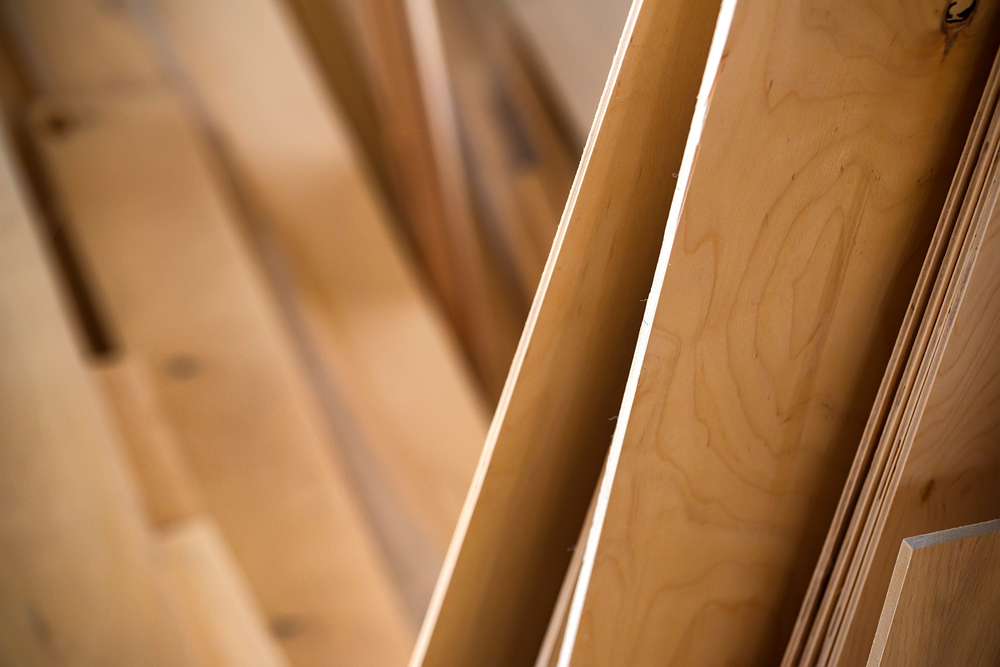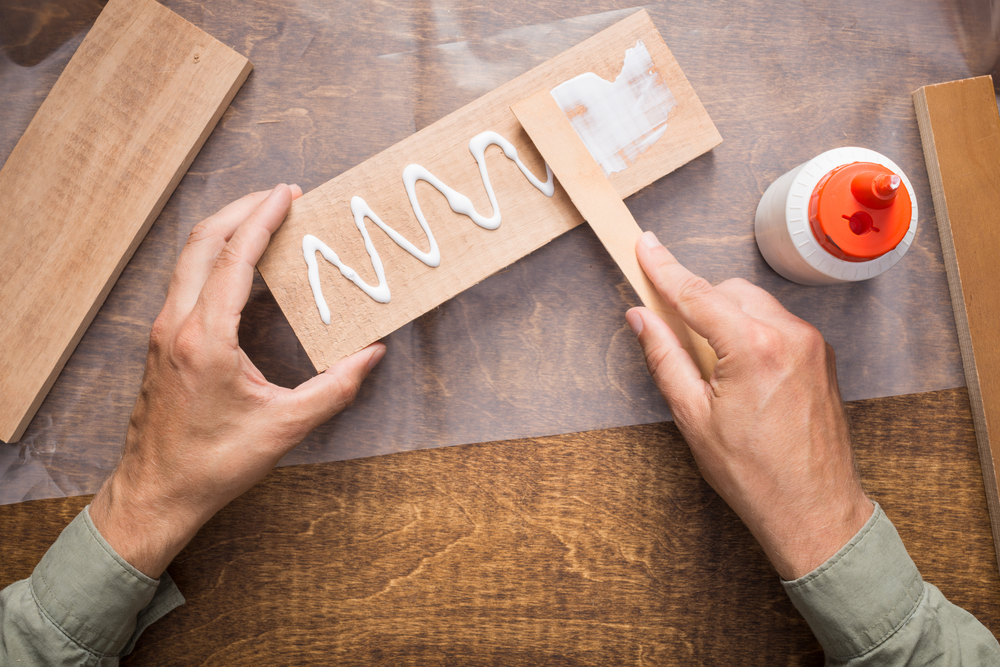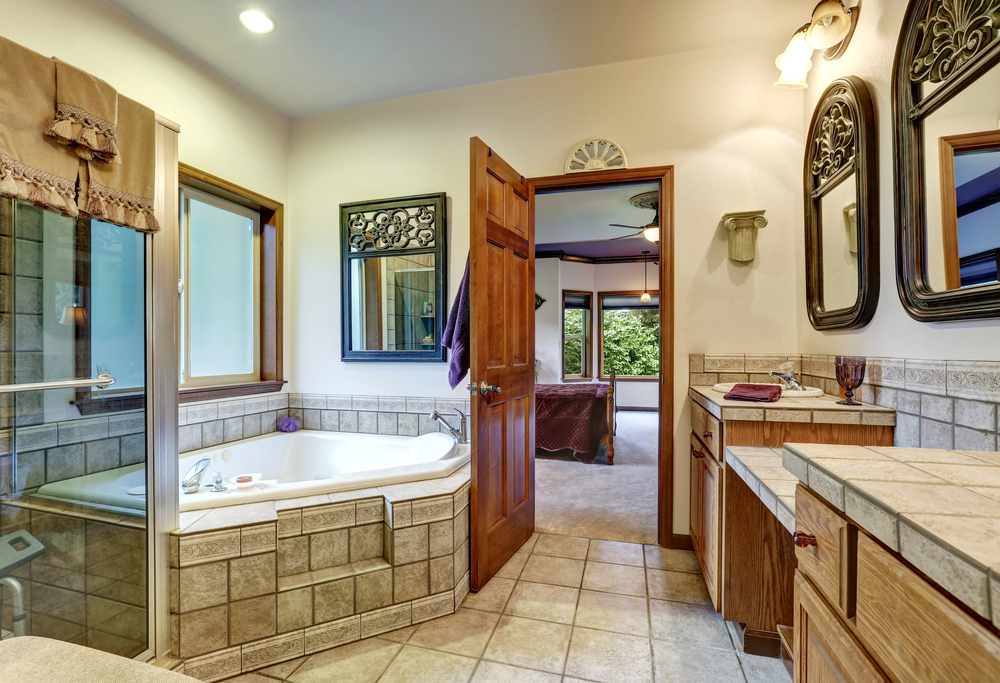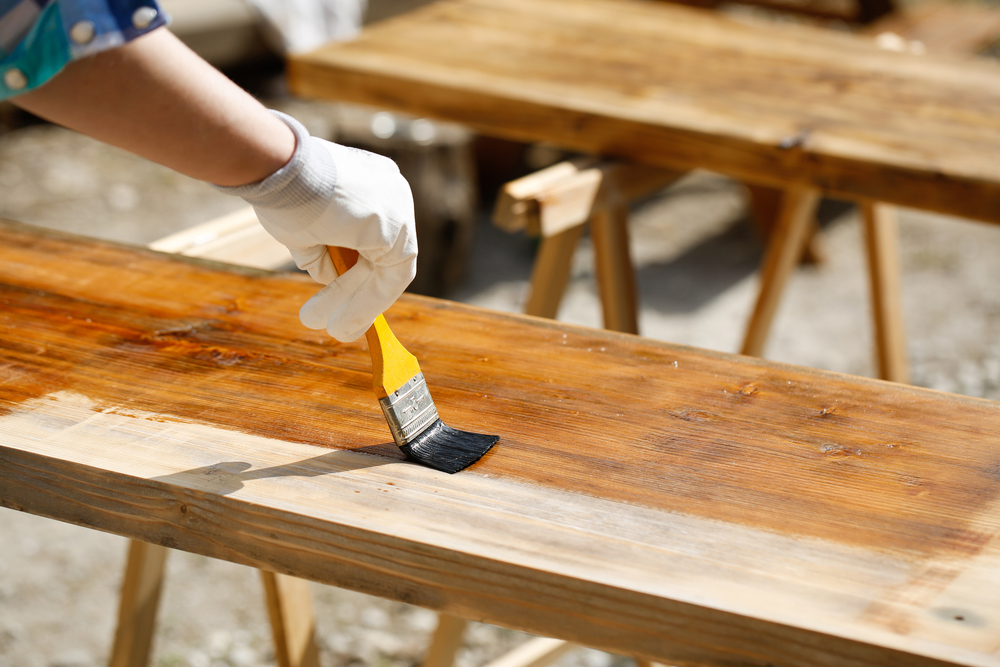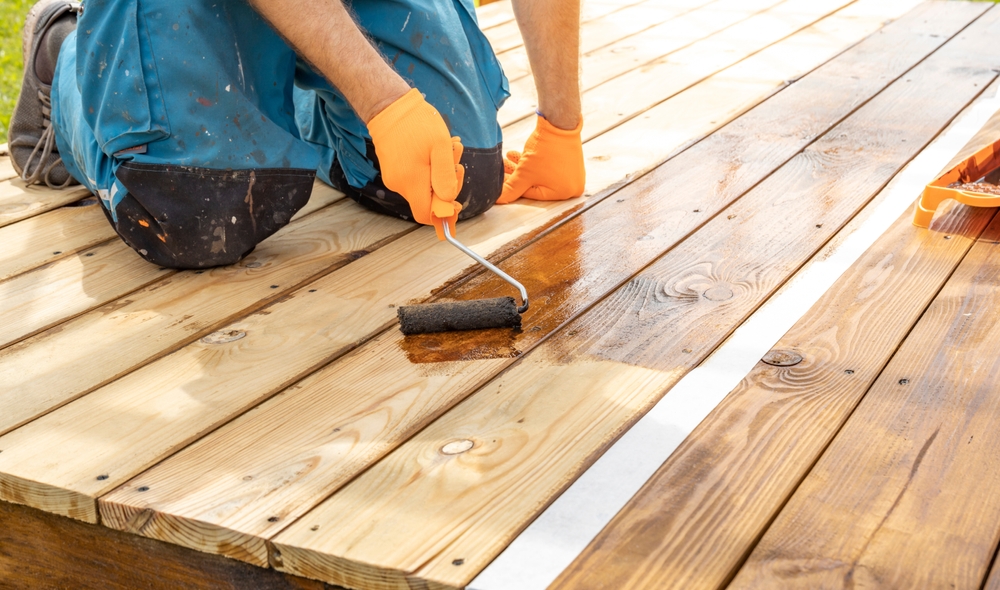How to Fix Squeaky Stairs
Squeaky stairs can become a constant annoyance in your home. Every step leads to an irritating sound. Understanding the mechanics of a squeaky stair helps pinpoint solutions. This guide walks through fixing this common household issue.
Understanding Why Stairs Squeak
Stairs typically make noise due to loose or rubbing parts. Wood contracts and expands with humidity changes, causing the parts to loosen over time. Often, the culprit is loose treads or risers.
- Treads – These are the flat parts you step on.
- Risers – These are the vertical boards connecting each tread.
- Stringers – These support the sides of the stairs.
Wood rubbing against wood creates friction, causing the familiar squeak. Nails that are no longer tight or boards that have shifted can lead to these noises.
Identifying the Problem Area
The first step is to find the exact point where the squeak originates. Slowly walk up and down the stairs. Listen carefully to each step. Mark any steps that squeak with a piece of tape or chalk. An assistant listening from below can help by identifying sounds from the staircase underside.
Common Repair Methods
Several methods can reduce or eliminate squeaks. Consider the level of accessibility and the tools at your disposal. Here are a few solutions:
Screwing Down Loose Treads
For slightly loose treads, screws can add needed stability. Use long wood screws for this task.
- Drill a pilot hole through the tread and into the riser or into the stringer beneath.
- Screw down securely. Ensure the screw head is slightly below the tread surface to prevent tripping.
If possible, access the stairs from underneath. This allows for screws to be driven upwards for a cleaner look. Use finish screws to minimize visibility and prevent creating another trip hazard.
Applying Lubricant
This is a simple and quick fix for friction issues. Lubricants can minimize wood-on-wood rubbing sounds.
- Graphite powder or talcum powder are common household lubricants. Sprinkle these powders in the gaps where squeaks occur. Work them in by stepping up and down on the step.
- Wax can also serve as a lubricant. Rub a wax candle along the seams or edges where the wood meets.
Filling Gaps and Tight Spaces
Wood filler or carpenter’s glue can strengthen joints and fill small gaps.
- Spread the adhesive into any visible gaps between treads and risers.
- Utilize clamps as the glue or filler sets to ensure a tight bond.
Nailing Loose Treads or Risers
Nailing might be necessary when screws are not practical. Be sure to use finish nails for cleaner aesthetics.
- Hammer the nail at an angle through the tread and into the riser or stringer.
- Drive the nail head beneath the wood surface using a nail punch.
- Fill the small hole created with wood putty for a smooth finish.
Tools for the Job
Having the right tools can make the process more efficient. Here’s a list:
- Drill and drill bits
- Screwdriver
- Hammer
- Nail punch
- C-clamps
- Graphite powder, talcum powder, or wax
- Wood filler or carpenter’s glue
Prevention of Future Squeaks
After repairs, maintaining your stairs prolongs their squeak-free state. Regularly inspect joints and fasteners. Tighten screws and reapply lubricant as needed. Reducing humidity fluctuations in your home can also help. A dehumidifier in damp months and a humidifier in dry ones maintain an even balance.
Consider carpeting or stair runners. These additions not only reduce noise but enhance grip and safety. Ensure any added coverings are firmly secured to prevent slips.
Limits and When to Call a Professional
Sometimes, squeaky stairs indicate deeper structural issues. If simple fixes don’t resolve the noise, the problem might require professional intervention. Stairs are key structural components in a home; improper fixes can present safety hazards. Professionals provide a thorough analysis and effective repairs that ensure long-term stability.

